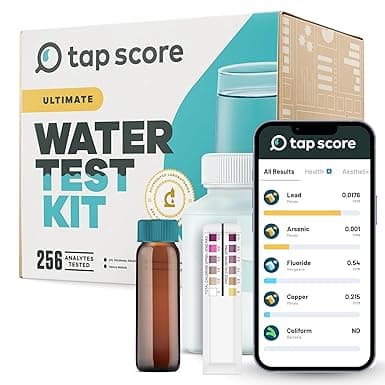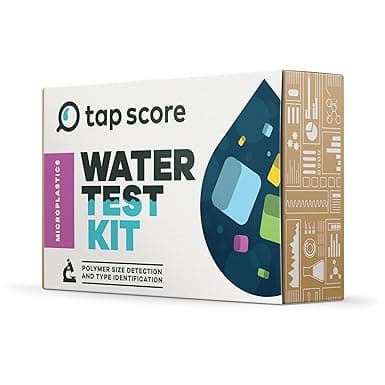Atrazine
Synthetic organic compound and part of a class of herbicides called triazines, which inhibit photosynthesis
EPA MCLG Level
3 ppb
Maximum level that poses minimal health risk based on the latest science
Health Effects
Drinking water standards for atrazine have been developed based on toxicity to reproductive and cardiovascular systems. Additional health protective benchmarks have been developed based on developmental toxicity and an increased risk of cancer observed in animal studies, but the EPA has not classified atrazine as a carcinogen. Elevated levels of atrazine have also been associated with cardiovascular toxicity based on animal studies.
Affected Organs & Systems:
Common Sources
- Does not occur naturally in the environment, so its detection in certain surface and groundwater sources can be attributed to human release
- Primarily enters drinking water from soil leaching or agricultural runoff in areas where it is used to control weed growth
How to Remove It
Water filters certified under the following NSF standards are effective at removing Atrazine:
EPA MCLG Level
The EPA MCLG represents the maximum level that poses minimal health risk based on the latest scientific research. It's often more protective than federal legal limits.
Contaminant Type
Atrazine is classified as a Herbicides contaminant.
This contaminant primarily affects the developmental, reproductive-m, and other systems.
Check Your Water
Find out if Atrazine is in your tap water.
Search Your CityTest Your Water for This Contaminant
Public water reports may not test frequently enough or at your specific tap. Professional home testing provides current, location-specific results.

SimpleLab
Standard Home Water Test
$232
Comprehensive water analysis testing over 200 contaminants including bacteria, heavy metals, and chemical compounds.

SimpleLab
Advanced Home Water Test
$369
Most comprehensive home water test including all standard tests plus additional parameters for ultimate peace of mind.

Tap Score
Advanced Microplastics Test
$636
Cutting-edge testing for microplastics particles in drinking water using advanced laboratory techniques.